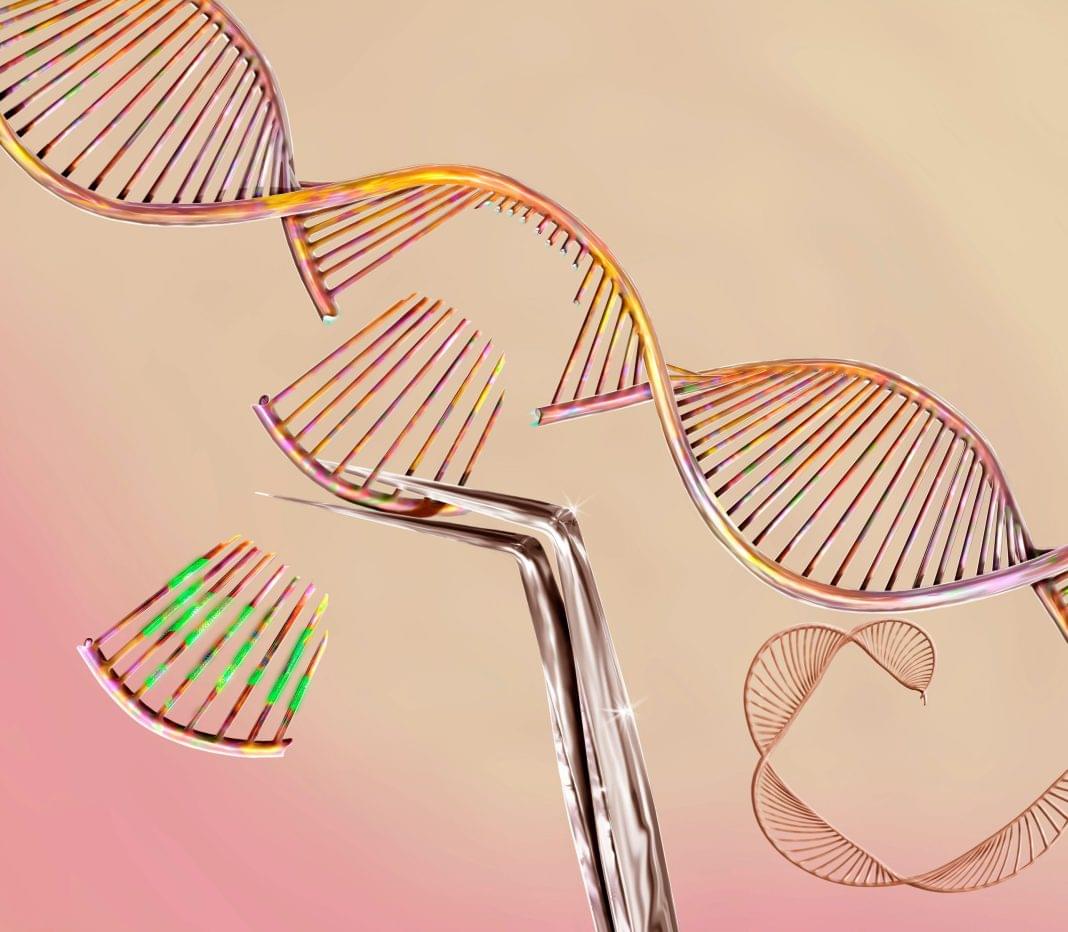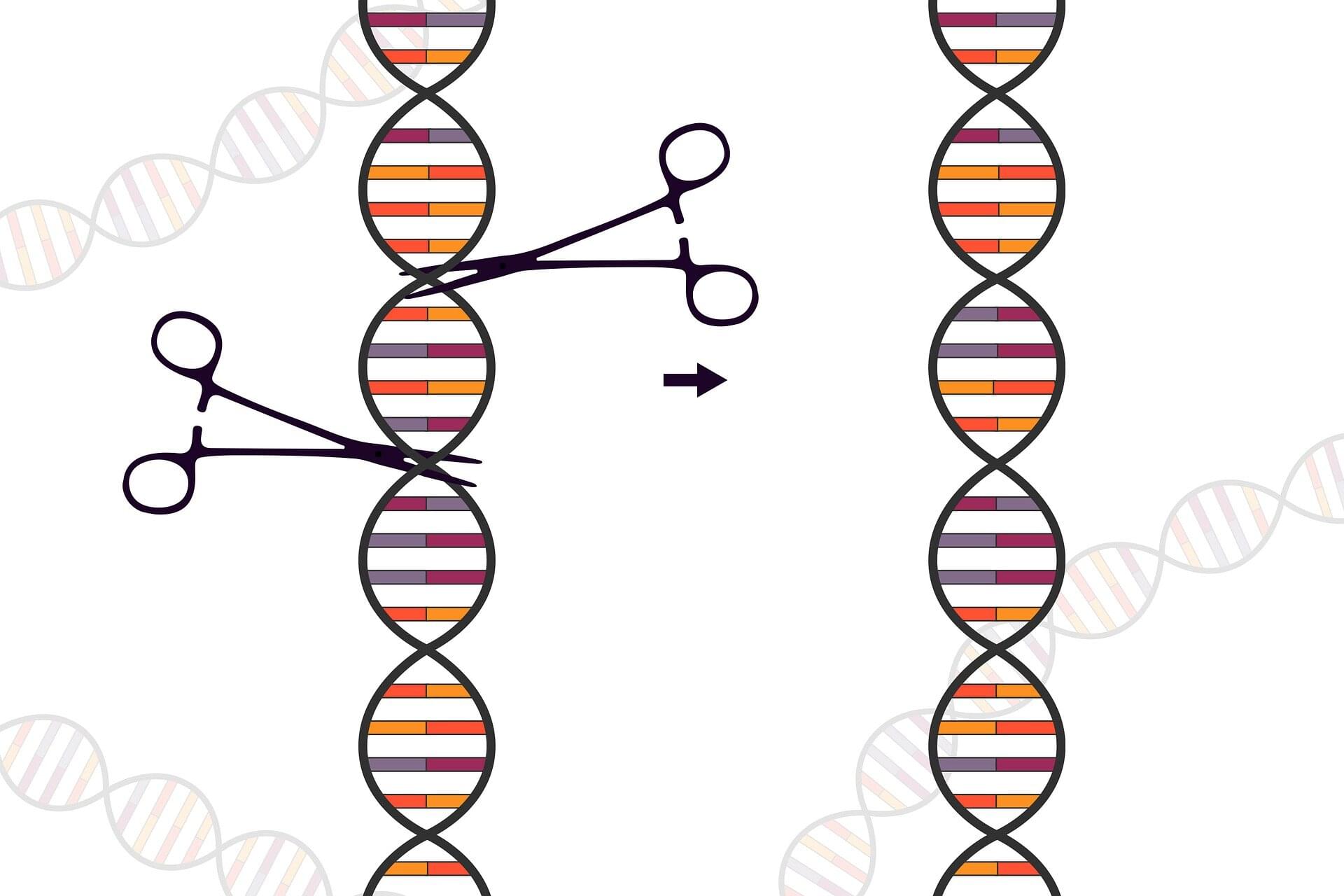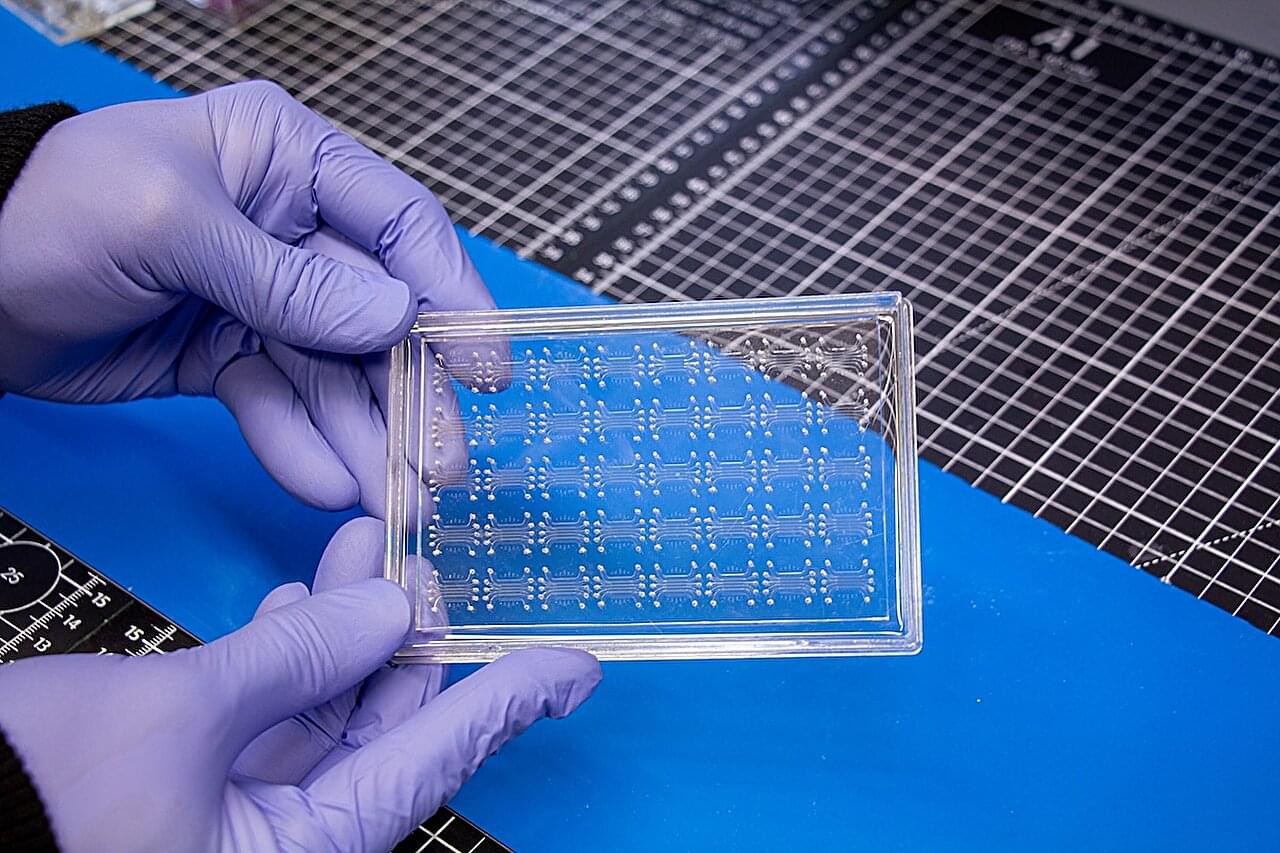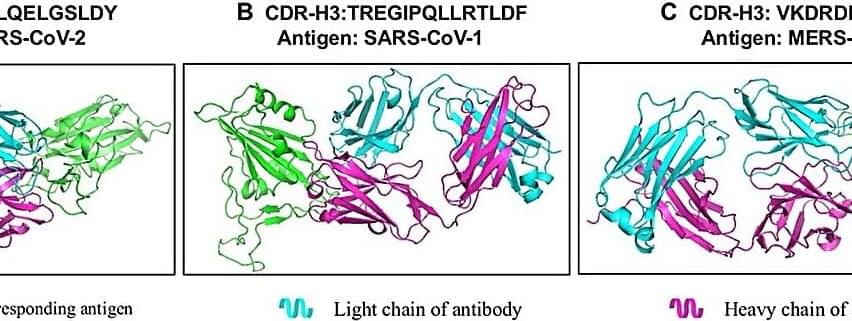This week, The Circuit explores the cutting-edge technology of artificial wombs! Discover how engineers and scientists are working to save premature babies and even endangered species.
In this episode, we look at:
• The development of artificial womb technology for human preemie babies.
• How the Okinawa Churaumi Aquarium is using artificial wombs to save.
shark embryos.
• How bioengineers were able to grow a premature lamb in a biobag.
Artificial wombs represent a fascinating intersection of biology and engineering.
What are YOUR thoughts on the artificial womb? Amazing or frightening?
#ArtificialWomb #Preemies #SharkConservation #Biology #Engineering #NeonatalCare #MedTech #TheCircuit #Pregnancy #Doctors #Hospital #Healthcare




